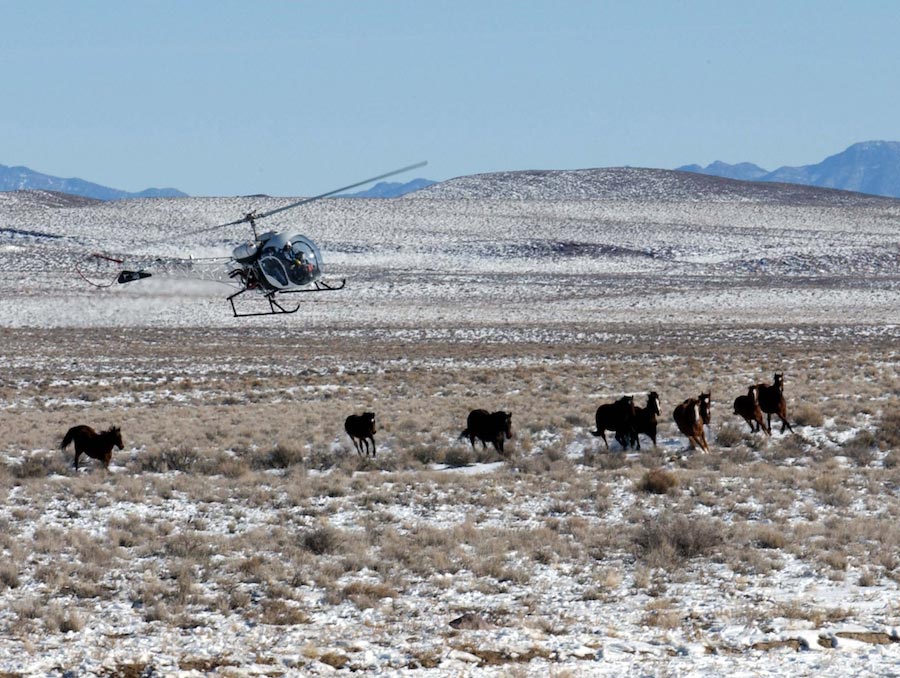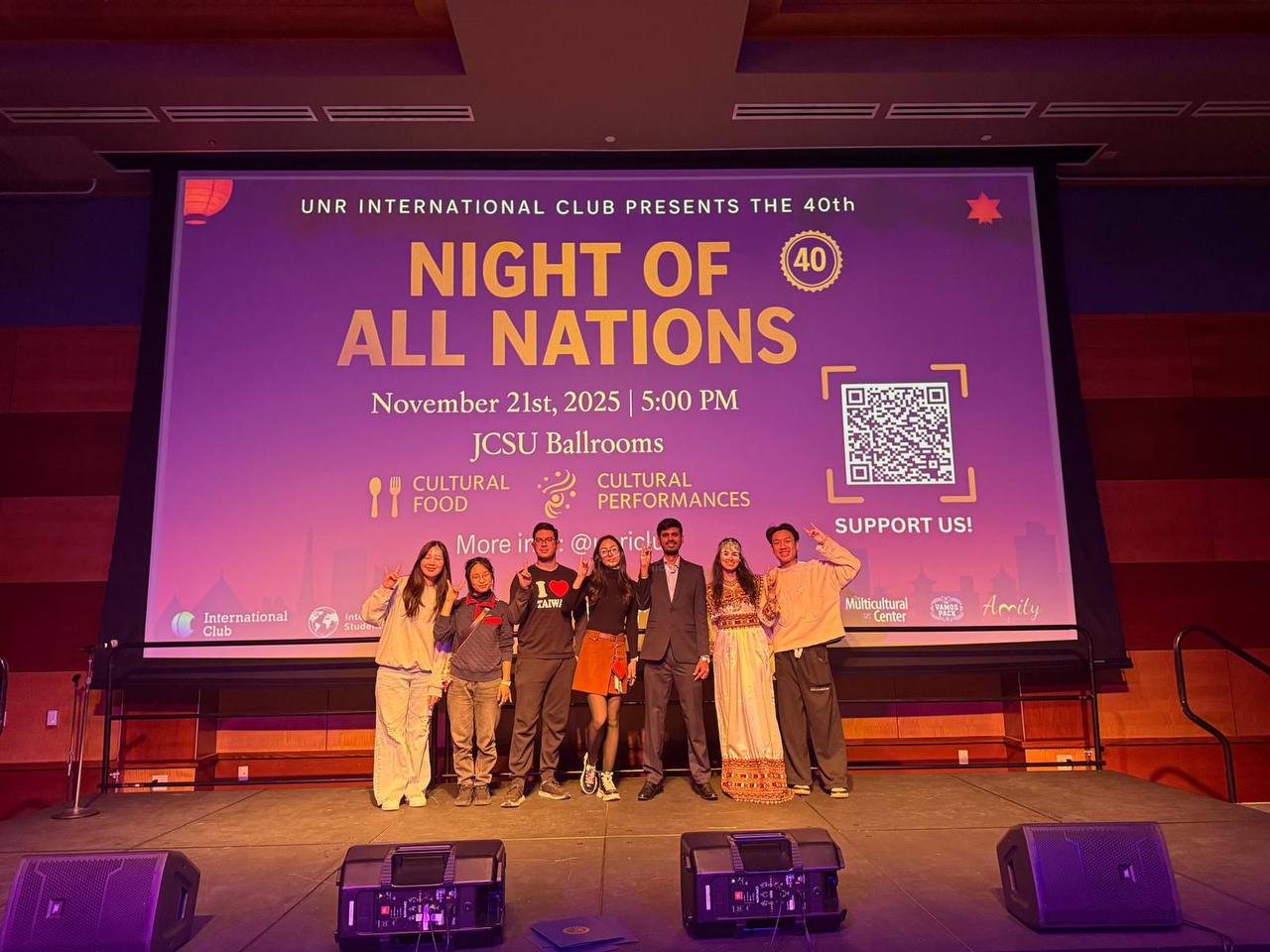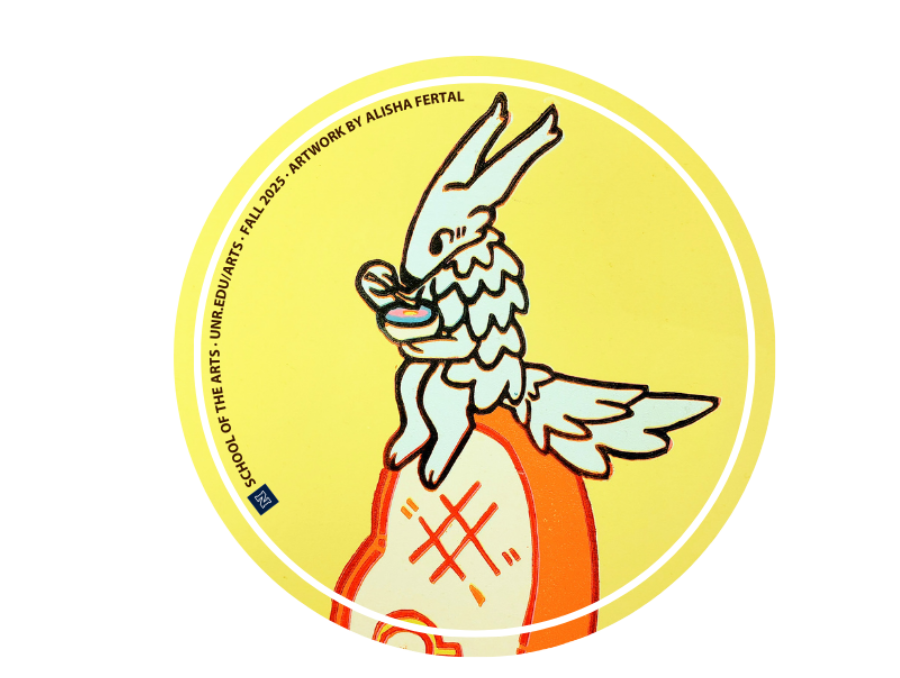The University Libraries recently completed work on a yearlong project to preserve documents collected and scanned by Catherine Barcomb, former administrator of the Nevada Wild Horse Commission. Donated to the Libraries in December 2019 and covering over sixty years of history, these +3,000 documents capture the complex issues that surround wild horses and burros in the American West.
Work on the Wild Horse and Burro Database began in 2008 when the Nevada state legislature decided to phase out the Nevada Wild Horse Commission. Barcomb decided to preserve the records by having them scanned. Dawn Y. Lappin, head of Wild Horse Organized Assistance (WHOA!), also contributed a large number of records to the scanning project. These combined materials were scanned with the help of the Nevada State Library and Archives, with additional funding from the American Horse Protection Association (AHPA).
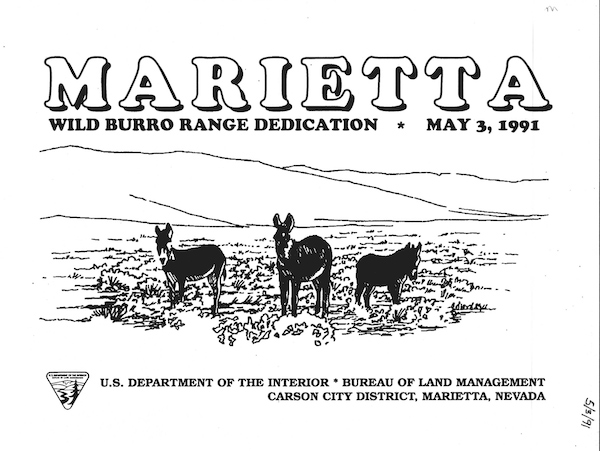
The nature of the records and the timing of their donation to the Libraries created a series of challenges for the digital preservation team. “The original database was proprietary and obsolete, meaning that the documents were locked in a format that was very difficult for us to access,” explained Nathan Gerth, Head of Digital Services. “Thankfully, Catherine had saved the original scans, which we then used to reassemble the thousands of documents in the database.”
Adding complexity to the project, the team had just started working through the documents when the pandemic pushed campus into remote operations. The work on Dawn Lappin’s papers, a physical collection donated concurrently with the Wild Horse and Burro Database, was temporarily halted. However, the change gave the team time to do additional research on both the database and the larger story of wild horses in the western United States. Having this background knowledge was immensely helpful, in particular when work resumed on Dawn Lappin’s papers in the summer of 2020.
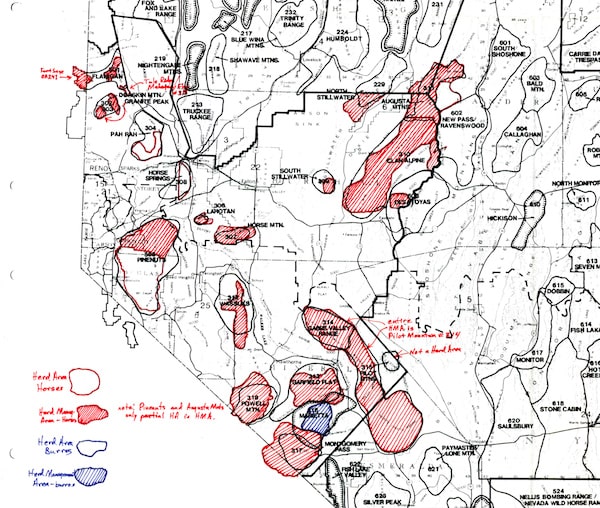
The complex history of wild horse and burro management in the West added a special level of difficulty to the description of these documents. Emily Boss, Head of Metadata and Cataloging, explains: “The documents were separated by district but there was no complete listing of the Herd Management Areas (HMAs) within those districts or the allotments that were within the HMAs. To complicate matters further, allotments were usually spread between multiple HMAs and sometimes multiple districts and changed names over time. In order to describe the locations these documents were referencing, we had to create our own cross-listing of districts, HMAs, and allotments.”
Getting such a large number of documents online also proved challenging. Katherine Dirk, Digitization Lab Manager in Digital Services, describes the process: "We did not want to ingest the entire collection at once. Not only can that be very taxing on the server and the digital preservation system, but it can also lead to potential issues should a document get hung up in the ingest process. Therefore, we decided to break the collection up into batches that would allow for better control and quality assurance. We also chose to ingest the documents during off hours, in case the process slowed the system down. These methods proved to be worthwhile because the process ran smoothly!"
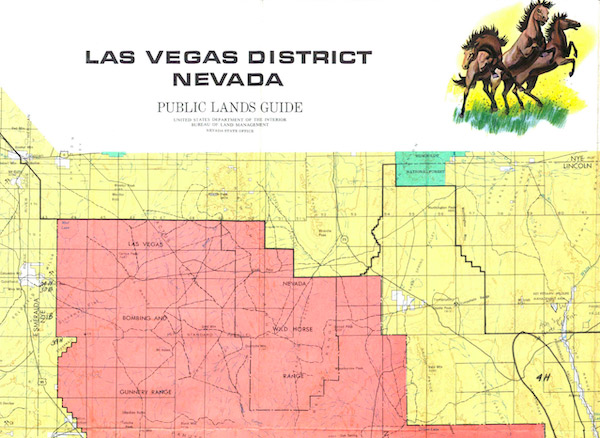
In addition to being one of the largest digital preservation projects taken on by the Libraries, the project also carries significant research value. “Ecology is one of the collection strengths of the department,” noted Kimberly Anderson, Director of Special Collections. “This collection dramatically increases the amount of information we have about wild horses. It provides a counterpoint to perspectives in other collections in the department and will enable deep study of wild horses and their management.”
University students, faculty, and staff can access the over 80,000 pages of records via the Wild Horse and Burro digital collection. Users interested in viewing other digital collections of unique materials, can browse them in the Libraries’ Digital Archive.
University Libraries
The University Libraries embrace intellectual inquiry and innovation, nurture the production of new knowledge, and foster excellence in learning, teaching and research. During each academic year, the Libraries welcomes more than 1.2 million visitors across its network of three libraries: the Mathewson-IGT Knowledge Center, the DeLaMare Science and Engineering Library and the Savitt Medical Library. Visitors checked-out more than 90,000 items and completed more than 2 million database searches.
